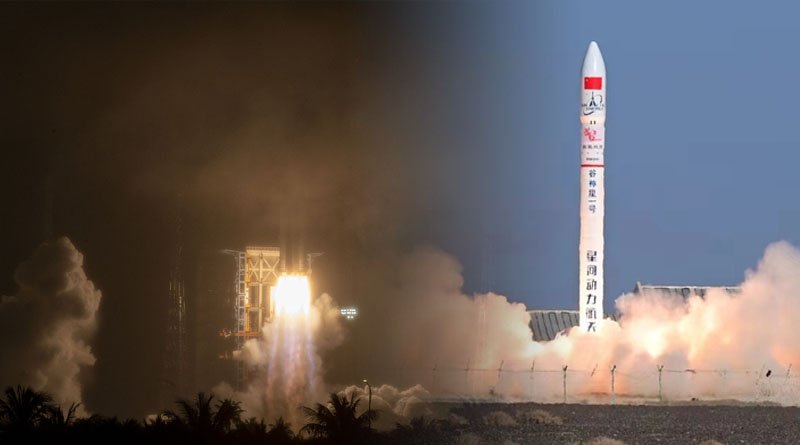According to the Chinese news agency, the rocket launched from the Taiyuan Satellite Launch Centre in Shanxi province at 1.30 p.m. local time.

China broke its previous record for sending the most satellites into space in a single mission on Thursday when it launched the Long March 2D rocket with 41 satellites, according to a report in Xinhua.
According to the Chinese news agency, the rocket launched from the Taiyuan Satellite Launch Centre in Shanxi province at 1.30 p.m. local time.
It happens just a few weeks after China launched a three-person crew for its planetary space station in an effort to beat astronauts to the moon by the end of the decade. The Long March rocket series’ 476th flight mission took place.
The satellites’ primary uses will be to verify related technologies and offer commercial remote sensing services. 36 of these satellites, or the majority, are part of China’s first independently developed commercial remote sensing satellite system, the Jilin-1 series.
According to the Xinhua report, after Thursday’s launch, Jilin-1’s satellite count increased to 108, creating China’s first commercial constellation of more than 100 remote sensing satellites.
2015 saw the launch of the 420-kilogram Jilin-1 satellite by China. However, the nation asserts that it has decreased the weight to just 22 kilogrammes over the past eight years.
The United States and other western countries are engaged in an extraterrestrial competition as a result of China’s rapid advancements in the space sector. The US Space Force is preparing to launch its own constellation of satellites in space, according to a Bloomberg report from earlier this month, to monitor Chinese or Russian spacecraft that may be able to disable or damage orbiting objects.
According to a Bloomberg report, the project, code-named “Silent Barker,” will see satellites placed in geosynchronous orbit, or about 22,000 miles (35,400 kilometres) above the Earth, at the same speed as the planet rotates.
Additionally, China is constructing relay satellites that, by 2030, will serve as a link for communication between missions to the moon and beyond and on-ground operations. Chinese officials hope to send astronauts to the moon by 2030.